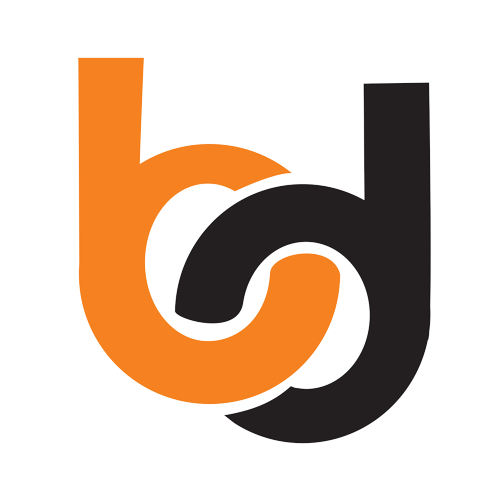In the ever-evolving digital landscape, social media has become an indispensable tool for businesses and individuals alike. With billions of active users across various platforms, social media provides an unparalleled opportunity to connect, engage, and build relationships with your target audience. However, to truly harness the potential of social media, it is essential to employ effective strategies and leverage the power of Social Media Optimization (SMO). In this blog post, we will explore the techniques and tools that can help you optimize your social media presence and achieve remarkable results.
Understanding Social Media Optimization (SMO)
Social Media Optimization is the process of enhancing your social media profiles, content, and overall strategy to increase visibility, and engagement, and ultimately drive more traffic to your website or blog. While Search Engine Optimization (SEO) focuses on optimizing websites for search engines, SMO aims to optimize your presence on social media platforms. By optimizing your social media, you can enhance your brand’s visibility, reach a wider audience, and improve overall performance.
Techniques for Effective Social Media Optimization
- Define Your Goals: Before diving into social media optimization, it’s crucial to identify your objectives. Whether you want to increase brand awareness, drive website traffic, generate leads, or improve customer engagement, having clear goals will help you develop a focused strategy.
- Research and Identify Your Target Audience: Understanding your target audience is key to creating content that resonates with them. Conduct thorough research to identify their preferences, demographics, and online behaviour. This knowledge will guide your content creation and enable you to tailor your messages to meet their needs and interests.
- Optimize Your Profiles: A well-optimized social media profile can significantly impact your visibility and credibility. Ensure that your profile information is complete, accurate, and reflects your brand’s identity. Use relevant keywords in your bio, headlines, and descriptions to make it easier for users to find you.
- Consistent Branding: Maintain consistent branding across all your social media platforms. Use the same profile picture, cover photo, and colour schemes to create a cohesive visual identity. Consistency builds recognition and trust among your audience.
- Content Strategy: Develop a comprehensive content strategy that aligns with your goals and resonates with your target audience. Create a mix of engaging and informative content, including text, images, videos, and infographics. Utilize relevant hashtags, tag influential users, and encourage user-generated content to amplify your reach.
- Optimize Posting Times: Experiment with different posting times to identify when your target audience is most active. Use social media analytics tools to gain insights into audience behaviour and engagement patterns. By posting at optimal times, you can maximize visibility and increase the chances of user interaction.
- Engage and Interact: Social media is all about building relationships. Engage with your audience by responding to comments, messages, and mentions promptly. Encourage conversations, ask questions, and initiate discussions to foster a sense of community. Actively interact with influencers, thought leaders, and industry peers to expand your network and increase your reach.
Social Media Optimization Tools
- Buffer: Buffer is a popular social media management tool that allows you to schedule and publish posts across multiple platforms. It provides analytics and insights to measure the performance of your social media campaigns.
- Hootsuite: Hootsuite is another comprehensive social media management platform. Hootsuite enables you to manage and monitor multiple social media accounts from a single dashboard. It offers features such as scheduling, content curation, and analytics.
- Canva: Canva is a user-friendly graphic design tool. Canva allows you to create visually appealing social media posts, cover photos, and infographics. It offers a wide range of templates, fonts, and images to enhance your visual content.
- BuzzSumo: BuzzSumo helps you discover trending content and popular topics in your industry. It allows you to analyze competitor performance, identify influencers, and track social media engagement.
- Google Analytics: While primarily known for website analytics, Google Analytics also provides insights into social media traffic, conversions, and user behaviour. By integrating your social media platforms with Google Analytics, you can track the impact of your social media efforts on your website traffic and conversions.
Conclusion
Social Media Optimization is a powerful strategy that can significantly enhance your online presence and help you achieve your business objectives. By employing effective techniques and leveraging the right tools, you can optimize your social media profiles, create engaging content, and build meaningful relationships with your target audience. Remember to consistently monitor and analyze your performance, adapt your strategy as needed, and stay up to date with the ever-changing social media landscape. With dedication and a well-optimized social media presence, you can unlock the immense potential of social media for your brand’s success.

